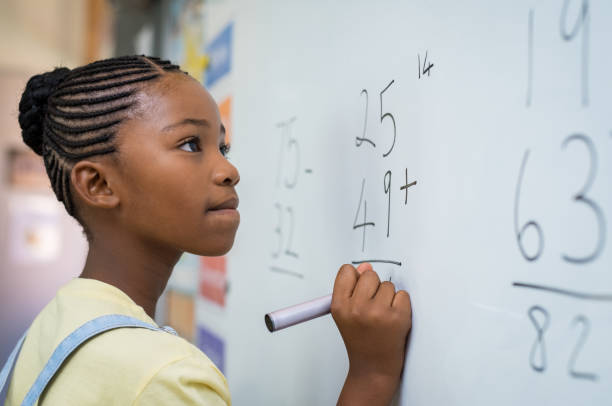 The Corvallis School District is changing its policies for math instruction in elementary grades.
The Corvallis School District is changing its policies for math instruction in elementary grades.
There’s been concern in recent years over how poorly some students have been performing in math. Until a few years ago, students in elementary school were moved up or down for math instruction, so that an advanced learner might be sent for part of the day from her 2nd Grade classroom to sit among 5th Graders who towered above her to study exponents, while a struggling eleven-year-old might be sent to a 3rd Grade classroom to sit awkwardly among much smaller children to try to understand making change with coins. The district knew this wasn’t an ideal solution, but they believed it was the best way to handle a disparity in math ability, and that it would yield the best results.
Eventually, studies showed that students who were “sent down” to lower grades never actually caught up: their “remedial” instruction was no “remedy.” Instead, it appeared to send the students an unintended message that they had a limited capacity for mathematics learning, a message which turned into a self-fulfilling prophecy that was the opposite of what recent research indicates is true about the brain.
Right now, the science suggests that a growing brain’s potential is very elastic, and talent in any given area – math, language, art – can be greatly expanded by training and encouragement. The concept of the “elastic brain” is central to both early childhood education and the prevention of Alzheimer’s Disease, so it’s the subject of a great deal of research right now.
So the school district decided to phase out both practices, and now both advanced and remedial math instruction takes place within a student’s regular classroom.
Some parents have expressed concern, thinking that what the schools call a “low floor, high ceiling” model for math instruction is merely holding back the brightest students while handing “participation trophies” to slow students who aren’t getting the intensive instruction they need. Many remember students who graduated from Corvallis High School and Crescent Valley High School in earlier years who were barely able to read and write. They wonder if this is more of the same.
There is no getting around the fact that education is a series of experiments. The practice of shuffling students from one elementary school classroom to another for math instruction was one experiment. The current arrangement being tried in Corvallis Schools is another. Only the grades of another year’s students will be able to tell whether the current experiment will turn out to be a success.
By John M. Burt
Do you have a story for The Advocate? Email editor@corvallisadvocate.com


